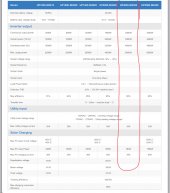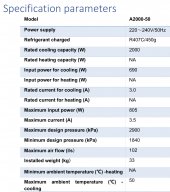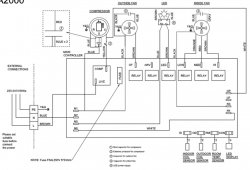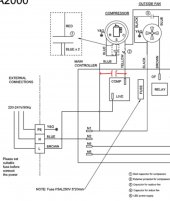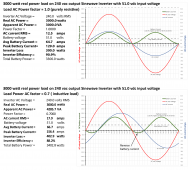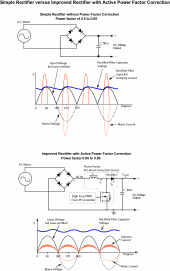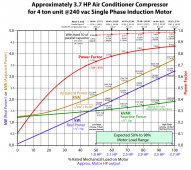Checkthisout
Solar Wizard
- Joined
- Nov 14, 2021
- Messages
- 4,774
It's current demand isn't constantly changing.It’s strange though, if I run an induction cooktop that’s double the power, the voltage doesn’t float that much. Only with the air conditioner
If the voltage is too low or drooping too much under sudden demand then the target speed isn't met causing it to go full output. Once the voltage picks back up its output is now too high and dramatically slows its speed. Seesawing back and forth until it settles.
Maybe.



